The Economic Impacts of Drought on Rural Communities
How Clean Water Access Transforms Livelihoods
Setting the Stage
Drought impacts people all over the world. But where The Water Project works in Southeast Kenya, its effects — particularly, the economic effects — are devastating.
Here, community members’ lives revolve around tending their crops and livestock, resulting in a higher-than-average dependence on rainfall. They live in a hot (and getting hotter), semi-arid climate where water is already scarce.
To make the situation worse, people here depend on seasonal rivers — waterways that appear with the rains and vanish with the dry season — for all their water needs. Unlike regions with year-round lakes or groundwater-fed springs, these communities have no fallback when the rains fail. And with climate change increasing the frequency of droughts, rain-fed agriculture — the livelihood for about 70% of the population in rural Kenya — becomes a fragile gamble.
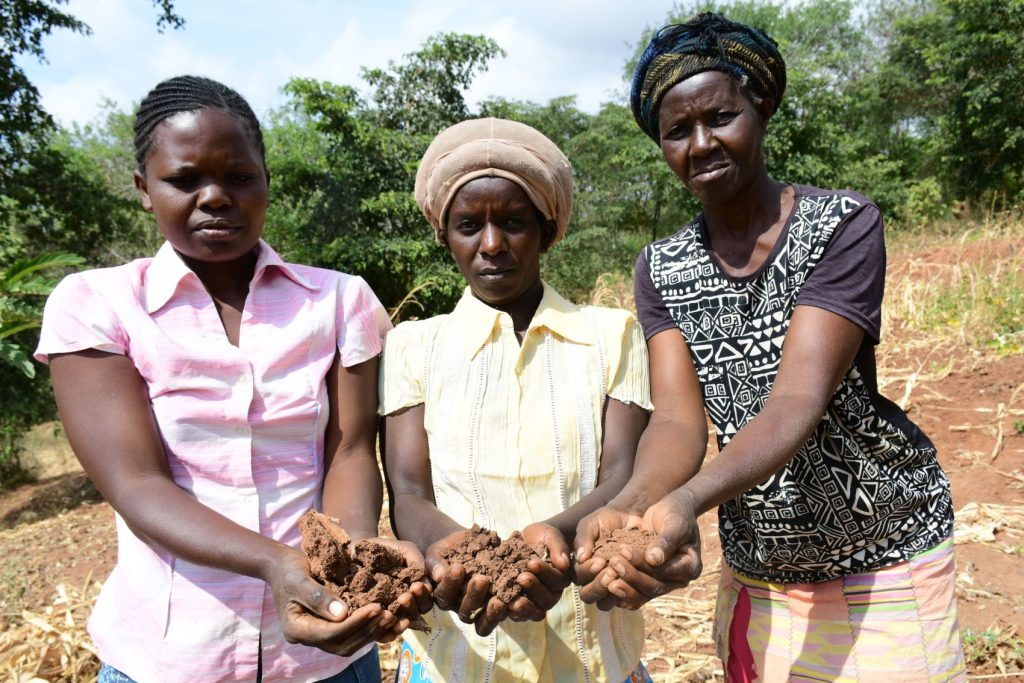
“[The] Southeast Kenya region experiences a hot and dry climate with two rain seasons in a year,” explained Communications Manager Titus Mbithi, who works in Southeast Kenya.
“The dry season is characterized by low water availability and access, leading to community members walking for long distances to the few available water points. The community in this region is agropastoral and highly relies on rainfall performance for the success of their crops and livestock.”
For farmers and pastoralists, water availability dictates economic and personal survival. Without rainfall, crops wither, livestock dies, and household incomes plummet. Families must walk for hours to fetch what little water remains, leaving less time for farming, business, education, and community development.
The result? A cycle of economic instability, hunger, and lost opportunity.
But what if we could break that cycle?
Sand dams offer a perfect solution to the ongoing water crisis in Southeast Kenya by holding onto 1-3% of seasonal rivers’ water throughout the dry seasons. By creating a permanent river where there was once a seasonal one, sand dams significantly increase water availability for the surrounding community.
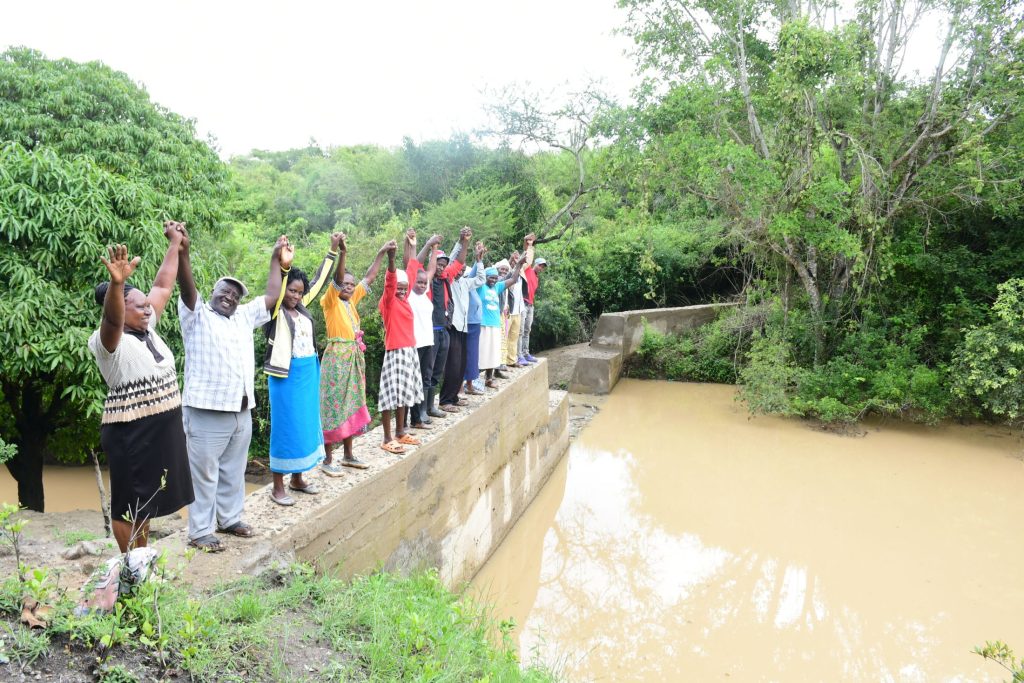
Communities in Kenya facing severe drought overwhelmingly prioritize increased water access over any other form of support, including free food for their livestock and training on drought resilience. With sand dams, we can bring that water right to them.
Let’s step into the lives of three people who currently lack access to safe, reliable water — Rachael, Margaret, and Esther — to see how drought affects their daily survival and economic opportunities.
The Cost of Drought: When Water is Scarce, Everything Suffers
Rachael’s Story: Trapped in a Cycle of Water Collection
Even when the sun is barely up, Rachael Peter is already on the move.
Her yellow jerrycans rattle against each other as she walks, heading toward the Nzayka Community scoop hole. The scoop hole is not a well or a river — it’s just a hole dug into the dry, sandy riverbed. Every day, 1,800 other locals try to scrape out enough water from this scoop hole to last the day.
Rachael crouches down, waiting for water to seep into the hole. It’s slow, sluggish: a murky brown color.
She fills her jerrycans anyway.

“I have an issue with water from the scoop hole, which is the [only] other option near my household,” Rachael said. “The water poses significant health concerns for both my family and me.”
The water makes her and her children sick.
“The villagers, unaware of the long-term effects, still use this water for cooking and drinking,” explained field officer Jefferson Mutie.
“Over time, this led to a rise in waterborne diseases. Children are the most affected, suffering from frequent bouts of diarrhea, which weakens their immune systems and stunts their growth. Many describe recurring stomach issues, such as nausea and diarrhea. Some individuals mention skin irritations and rashes after bathing or consuming the water. Families often worry about the long-term effects of heavy metals, like lead and mercury, especially on their children’s development and overall health.”
But the community members of Nzakya have no other option.
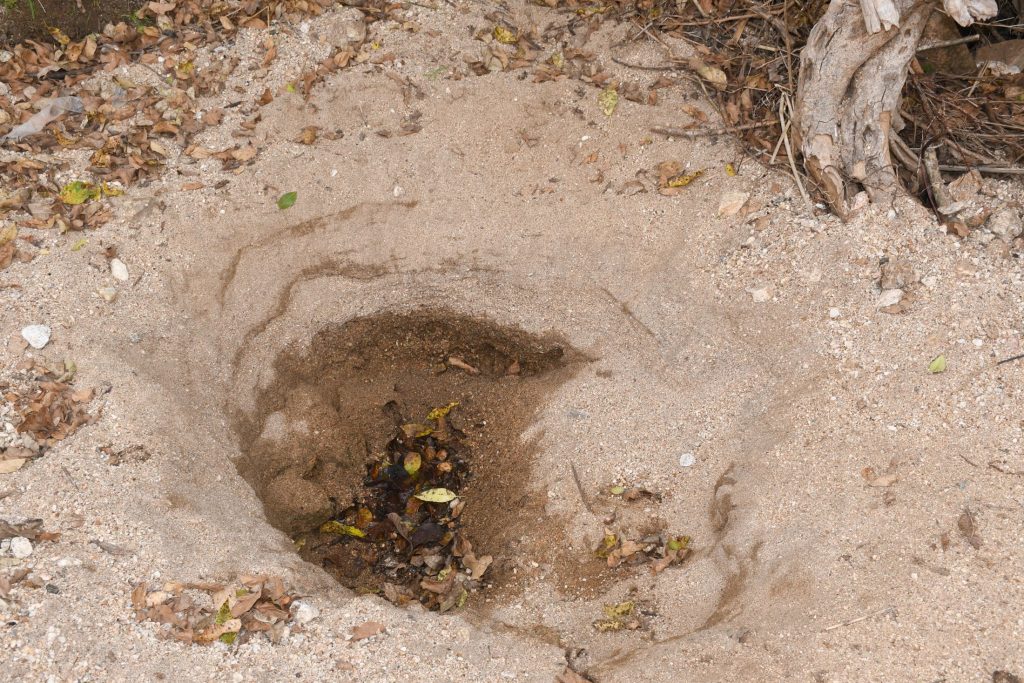
“Water is vital to me,” Rachael said. “It’s the essence of life, and without it, nothing else functions.”
And while Rachael fetches water, her farm waits.
If she didn’t have to spend hours collecting water, she could be tending to her crops—growing food to eat and sell at the market. Instead, the lack of water makes farming a constant struggle.
“If I didn’t have to spend so much of my day fetching water, I could focus on more productive activities that would benefit both my family and the community. I could work on my farm, planting and tending to crops that would provide us with food and extra income. I’d have time to start a small business, perhaps selling homemade goods at the local market. And, with more time and less physical strain, I could focus on my health and well-being, spending quality moments with my family, and teaching my children important skills.”
For Rachael, water scarcity means lost time, lost income, and a future — for both herself and her children — put on hold.
Margaret’s Story: Water Scarcity is Draining Her Finances
Margaret Munyalo wakes up every day knowing exactly where her money will go.
Not food. Not school fees. Not medicine.
It will go to water.
“The available water is located far away, and walking there through the bushes is dangerous because of poisonous snakes,” Margaret said.

In her community of Kasithyu, she walks long distances to reach faraway borehole wells that may not even have water left by the time it’s her turn in line. Waiting times can stretch up to six hours. When the drought is at its worst, she is forced to buy water at inflated prices from vendors.
“The water points in the area are not sustainable because they run low and dry up as the drought season progresses,” explained Field Officer Alex Koech.
“The borehole water kiosks are also closed during most days of the week due to water shortage, and when water is available, every community member comes to fetch water, leading to overcrowding. They also need to purchase the water at 5 Ksh per 20-liter jerrycan, which is costly considering that residents are mostly farmers who reap very little from their farms due to drought.”
With drought stealing her harvest, Margaret is left without the resources to care for herself and her family.
“I cannot purchase necessary household goods because the little money I get from farming is spent on water purchases.”
Even when she can afford it, the boreholes frequently run dry, leaving her trapped in uncertainty.
One study on the impact of drought in Margaret’s county shared that, during one drought year, families lost KES 203,656 ($1,572.63) in livestock and KES 45,067 ($348.01) in crops. For a rural farmer, losing such a huge amount of money means not being able to pay school fees, skipping meals to make ends meet, and selling off livestock to survive. Every lost shilling directly impacts Margaret’s ability to feed her family and plan for the future.
Margaret is caught in an economic drain, where the money that should be securing her future is spent just to survive the present.
Esther’s Story: The Hidden Cost of Waterborne Disease
For Esther Mutheu, the cost of unsafe water is an endless cascade of illness and discomfort.
Her community of Itumani has two water sources available. One is a seasonal, muddy pool of water created by an earth dam. The other is a distant borehole well that only yields salty water. Drinking the water from either source incurs its own consequences.
“Residents frequently suffer from diarrheal diseases, cholera, and typhoid due to the contamination in the earth dam,” said Field Officer Alex Koech. “The high salt content in the borehole water has led to increased dehydration, particularly among children and the elderly.”
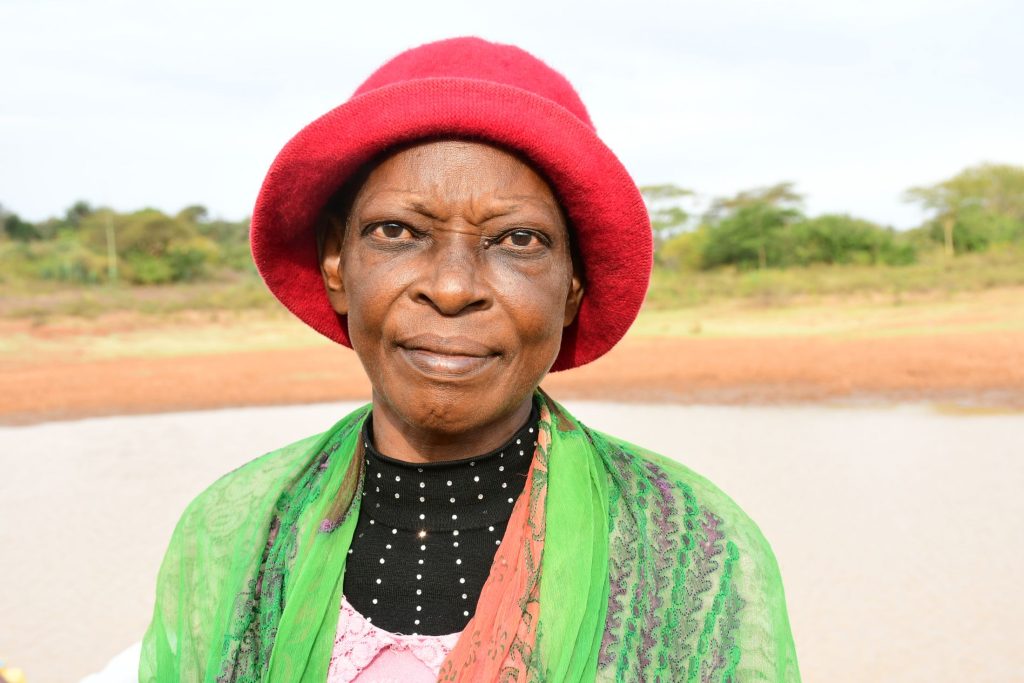
“Whenever my child gets sick, it strains my income because I depend on farming, which is mostly affected by drought,” Esther shared.
“My child has to skip school as they take medication, and I also will not go to my farm or take care of my cattle because I have to look after the well-being of my child. It is a very sad situation. The water causes water-related infections, which are expensive to treat.”
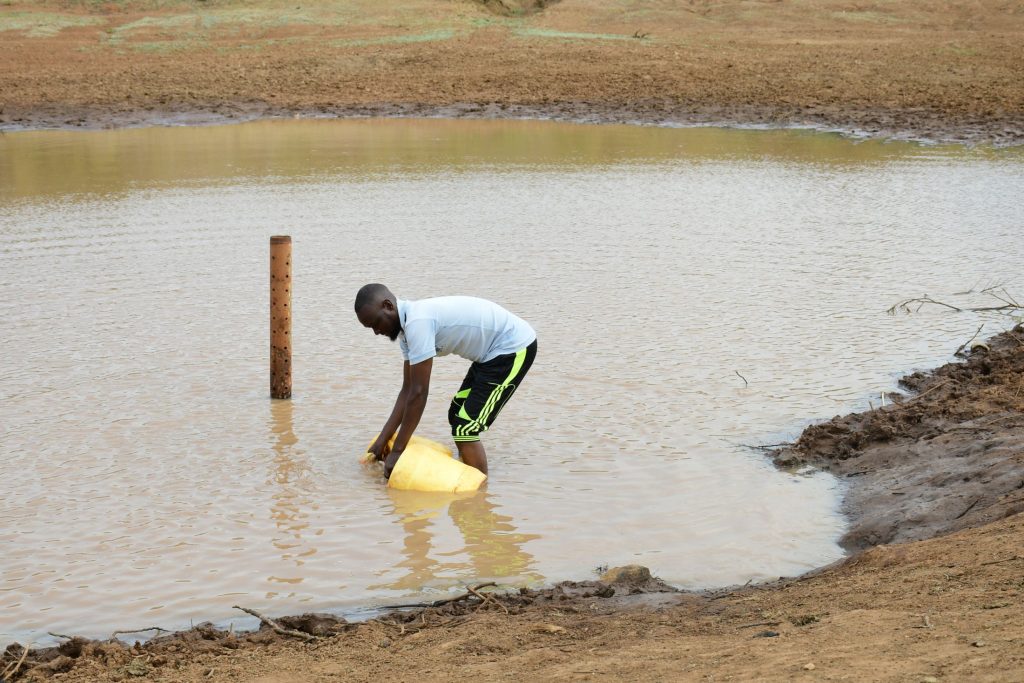
Every time Esther’s child falls sick, she loses opportunities to work, farm, and earn a stable income.
For families like Esther’s, every drought pushes them further into hardship. The loss of crops and livestock means cutting down on meals — sometimes to just one per day. And when illness strikes from drinking contaminated water, the cost of treatment wipes out what little savings remain.
A Summary of the Economic Impacts of Water Scarcity:
- Lost productivity: Hours wasted fetching water reduce time for farming, education, and work
- Reduced agricultural output: Crops and livestock suffer without reliable water, impacting food security
- Financial strain: Families spend money on water purchases, medical bills, and lost wages
- Health consequences: Frequent waterborne diseases keep parents from working and children from attending school
But what does life look like after a community gains access to clean water?
Water Changes Everything: The Proof of Economic Resilience
Kevin’s Story: From Barely Surviving to Thriving
Kevin Musee from Kalimbui Community still remembers the exhaustion of lacking water — not just in his body, but in his spirit.
Every morning, he’d begin the long walk to the only available borehole. His feet ached from the distance, but it was the waiting that drained him the most. Dozens of people were already in line, each hoping to fill their jerrycans before the water ran out.
Sometimes, after waiting hours, the borehole dried up before his turn came.
“It was draining — physically, emotionally, and financially,” Kevin said. “The walk to the borehole took so much energy, and then waiting in the long lines just made it worse.”
But even on the days he did get water, it wasn’t enough. The salty, contaminated water wasn’t just unpleasant — it ruined his crops, forcing him to watch his farm fail, season after season. Cooking with it made meals taste off, and drinking it often led to illness.
Kevin wanted to do more with his life, to work hard and build something for his future — but he was trapped.
Then the sand dam and well came, changing everything.
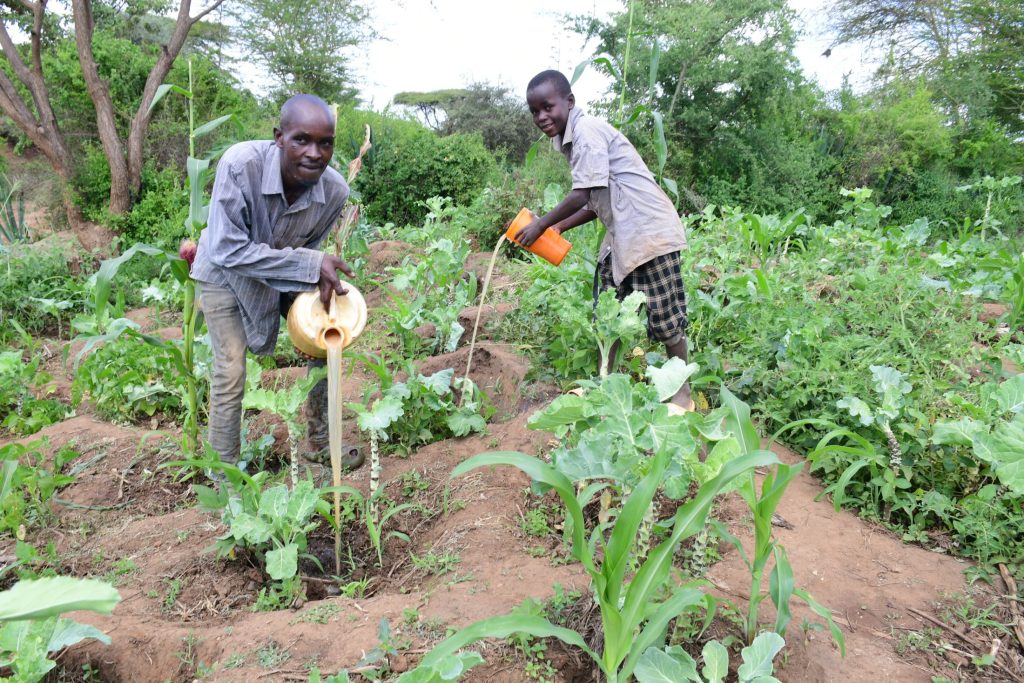
“Fetching water here feels easy and peaceful,” Kevin said. “I don’t have to walk far, and there’s no fighting or overcrowding like at the old kiosk. The water is fresh and clean, and I know it’s safe for drinking, cooking, and farming. I actually feel happy when I come to fetch water now because I can see how it’s improving my life and my community.”
Suddenly, his farm wasn’t failing anymore. The crops thrived, and the vegetables he once struggled to grow now flourished.
For the first time, he could sell his produce at the market, earning 250 Ksh ($2) daily from his kale, spinach, and tomatoes. It may not seem like much, but to Kevin, it was the start of something bigger.
“I’ve accomplished so much!” Kevin said. “This money has helped me support my family and even save a little for the future. The water has been a blessing — it’s made my small farm possible, and it feels amazing to see the results of my hard work.”
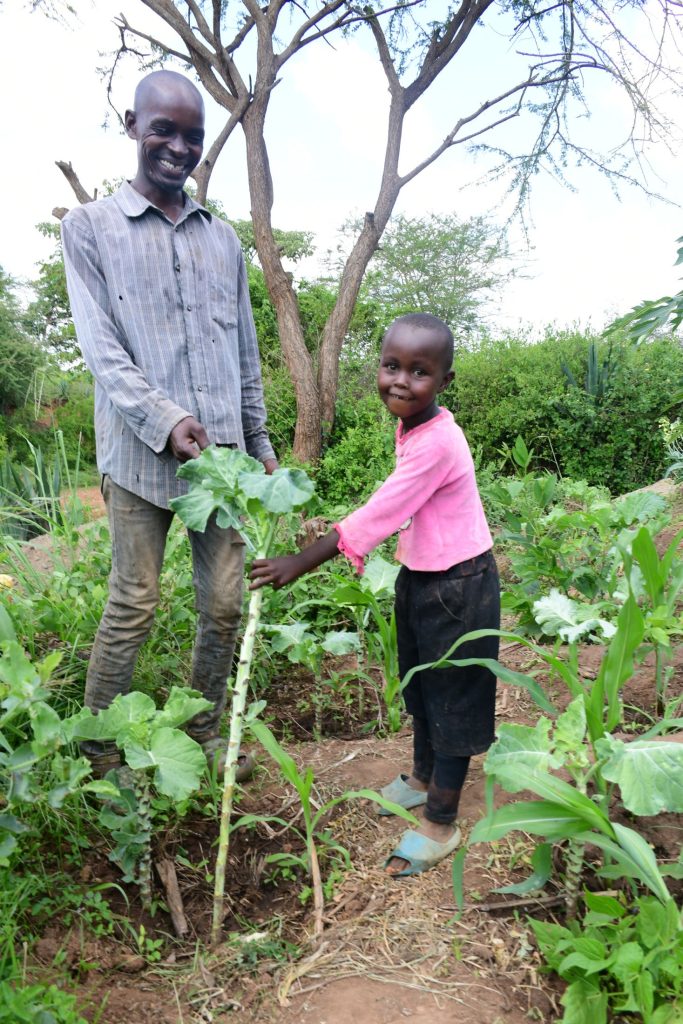
But Kevin isn’t stopping here.
“My dream is to expand my vegetable farm and grow even more crops to sell,” Kevin said.
“I want to build a bigger business, maybe even supply vegetables to markets in nearby towns. I also dream of saving enough to buy livestock, like goats or cows, so I can diversify my income. Access to water is the key to all of this. With reliable water, I know I can achieve these goals, support my family, and help my community grow, too.”
Kasembi’s Story: No More Health Crises, No More Fear
For Kasembi Mwinzi, fetching water used to be an act of desperation.
She’d wake up before sunrise, bracing herself for the five-kilometer walk to the scoop hole at Iguini River. It wasn’t just the distance that exhausted her — it was the uncertainty.
“Last year, water was a constant struggle,” Kasembi said. “The scoop hole at Iguini River was far. Five kilometers (3.1 miles!) is not a short distance, especially when you’re carrying heavy jerrycans back home.”
Even after making the trek, the water itself was a gamble. Animal waste, dust, and debris tainted the shallow pool. She would fill her jerrycans and pray it wouldn’t make her family sick.
“The water was dirty, contaminated with animal waste and dust, and many of us got sick from drinking it,” Kasembi said. “I remember getting stomach upsets and typhoid more times than I can count.”
Each time Kasembi got sick, it stole away more energy, more days, more money — money that could have gone to farming, food, or school fees for her children. When the scoop hole dried up completely, she had to buy water from motorbike vendors at prices so high it drained her savings.
Then, the sand dam and shallow well arrived.
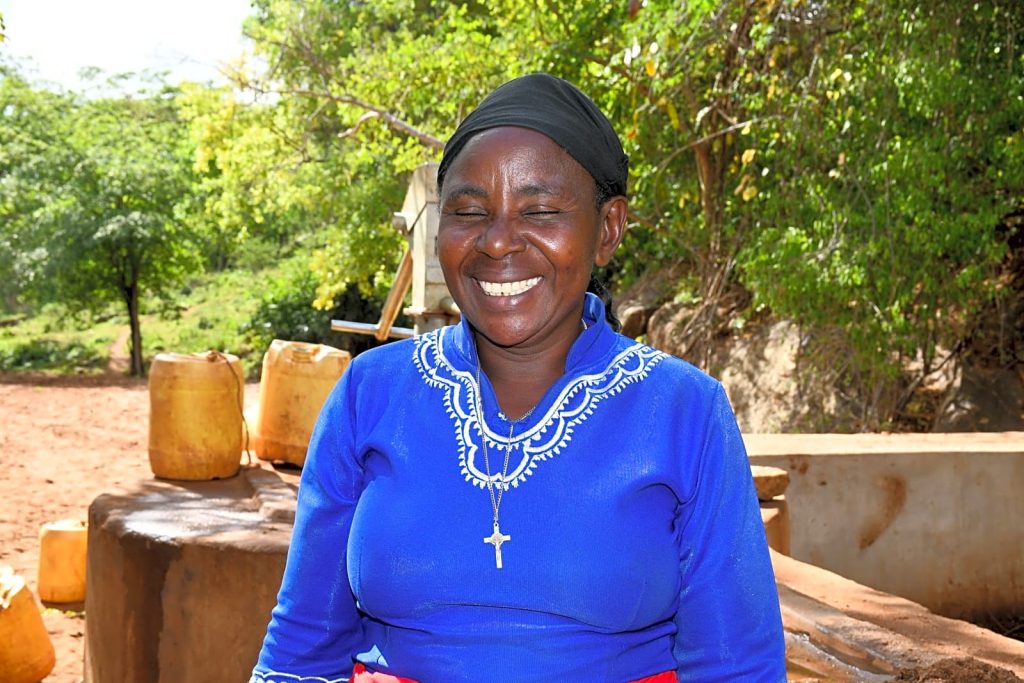
Nowadays, she still catches herself marveling at how easy fetching water has become.
“Fetching water here is like a dream compared to before,” Kasembi said. “It’s close by, so I don’t have to spend hours walking or waiting in long lines. The water is clean and safe, and I don’t have to worry about my family getting sick.”
The biggest change? She’s healthy.
“My health has improved so much. I used to get stomach upsets, typhoid, and amoeba often, but now I hardly fall sick. With clean water, my family and I are healthier and have more energy.”
Now, instead of spending money on medical bills, she invests in her farm. She’s growing vegetables — something she never could before — both for food and extra income.
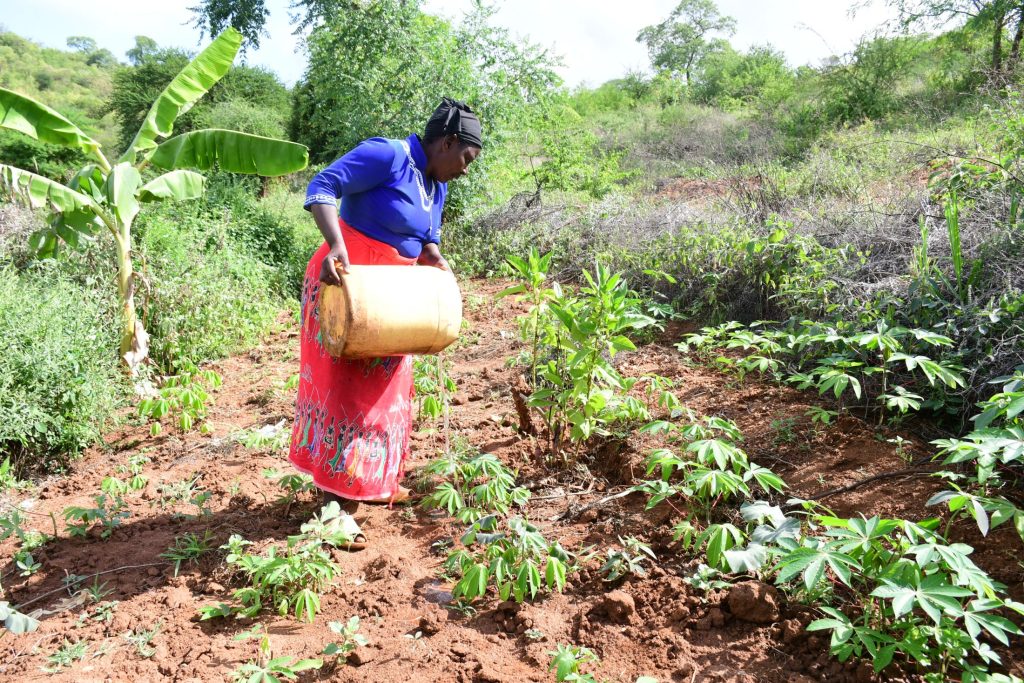
“Now, I have a thriving garden that helps feed my family,” Kasembi continued.
“My dream is to expand my farm and grow even more crops to sell. I want to build a small irrigation system and maybe start keeping more livestock, like cows or goats. I hope to educate my children and give them opportunities I didn’t have.”
And for the first time in years, she isn’t afraid of the next dry season.
Tabitha’s Story: Water for Her Family, Her Farm, and Her Future
Tabitha Kauto used to wake up before dawn, her heart heavy with dread.
The long walk to the undug well wasn’t just draining, it was a race against time.
If she left too late, the line would already be too long, and she could be forced to wait for hours — only for the water to run out before her turn.
“Fetching water before this project was exhausting, frustrating, and emotionally draining,” Tabitha shared.
“I had to wake up at the crack of dawn, often before the sun rose, to begin the long four-kilometer (2.48-mile) walk to the undug well. I would wait for hours, hoping the water wouldn’t run out before my turn. If it did, I had no choice but to try again the next day, which was heartbreaking.”
Even when she managed to fill her four jerrycans, the journey home was just as grueling. She didn’t own a donkey, so she had to borrow one from her neighbor, stacking the heavy containers onto its back. The dusty, steep paths made the return trip feel never-ending.
And when she finally got home? Her work was just beginning.
“By the time I got home, I would be exhausted, yet there were still chores waiting for me,” Tabitha said.
Then the sand dam was built, and suddenly, her world shifted.
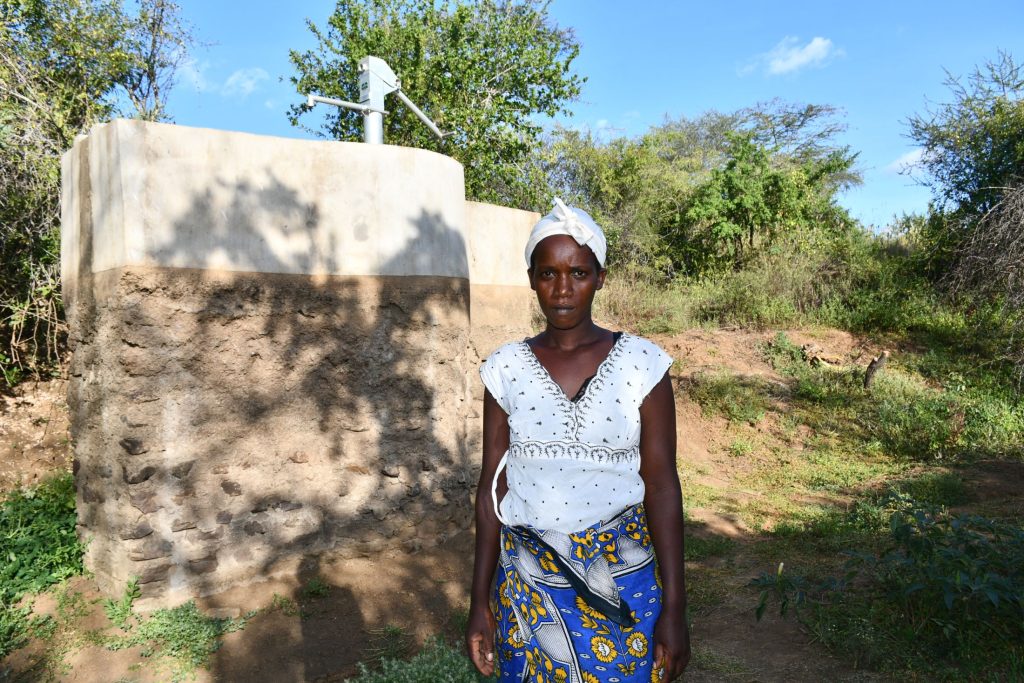
“The water point is now very close to my home, which makes it easy and quick to fetch water,” Tabitha explained. “I don’t have to wake up so early or rely on a donkey. The water is clean and readily available, which makes my daily tasks more manageable.”
With clean water nearby, Tabitha’s farm began to thrive.
“In the past year, I have planted kale and tomatoes, which have improved my family’s diet. The green cover around the sand dam feeds my cattle and goats, helping me keep them healthy.”
For the first time, she has the ability to plan ahead without the fear of drought overshadowing her goals.
“My dream is to expand my farming activities by growing more vegetables and even starting a small business selling produce. Access to water will definitely make this easier because I won’t have to worry about drought or long trips to fetch water. With reliable water, I believe I can improve my family’s well-being and financial stability.”
Investing in Water is Investing in Economic Stability
For Rachael, Margaret, and Esther, water scarcity meant lost time, lost income, and constant hardship.
For Kevin, Kasembi, and Tabitha, water access unlocked business opportunities, improved health, and restored hope.
The solution is clear: investing in water access is the key to economic resilience wherever there’s drought.
Will you be part of the solution?
Home More Like ThisTweet